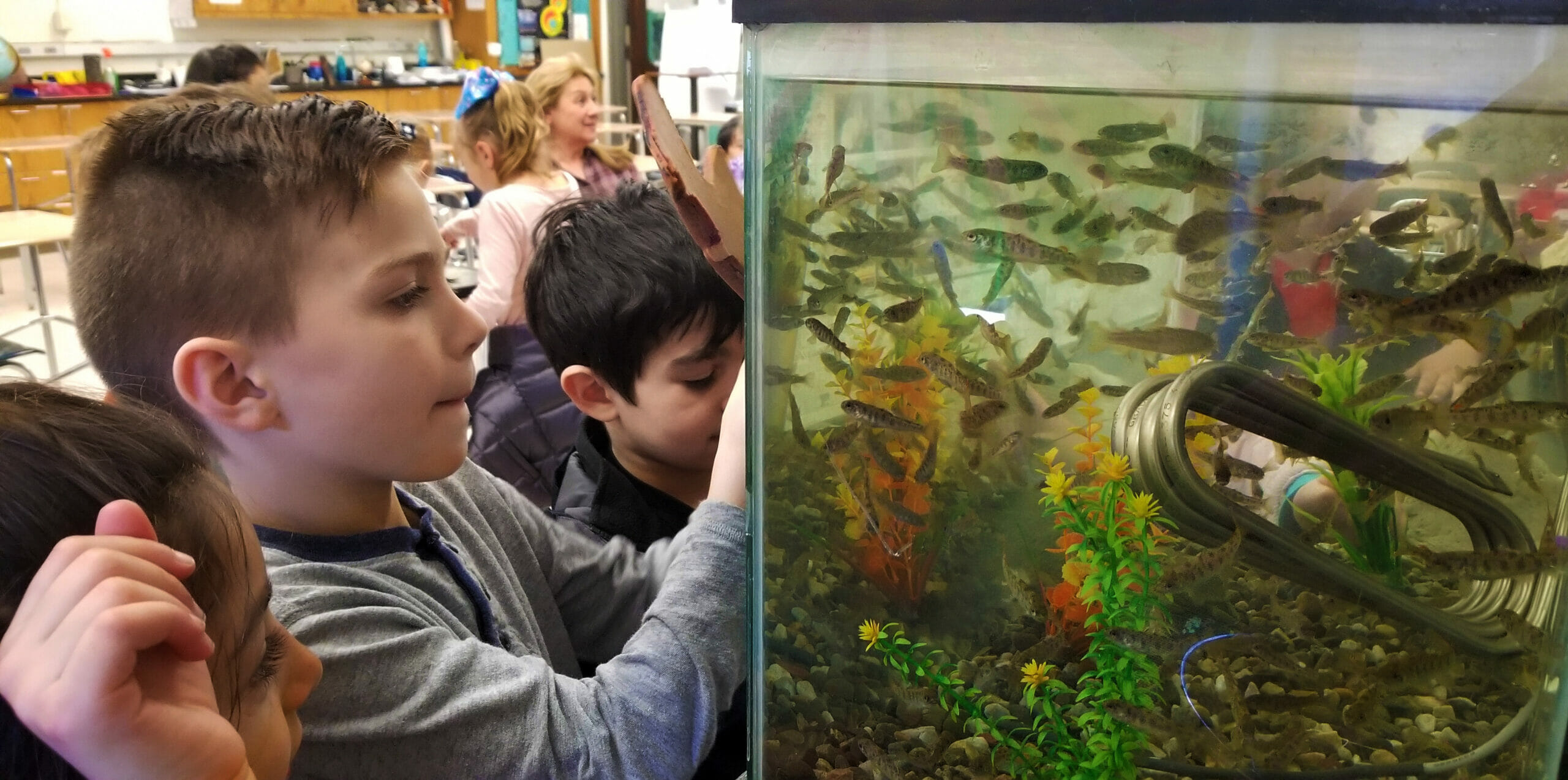This enduring program teaches city students the value of a healthy environment
Trout in the classroom: it’s a concept that’s been around Trout Unlimited and executed to great effect for more than three decades. The idea is simple: install a fish tank, fill it with water, insert eggs, watch them hatch and grow, learn about them, and then release them.
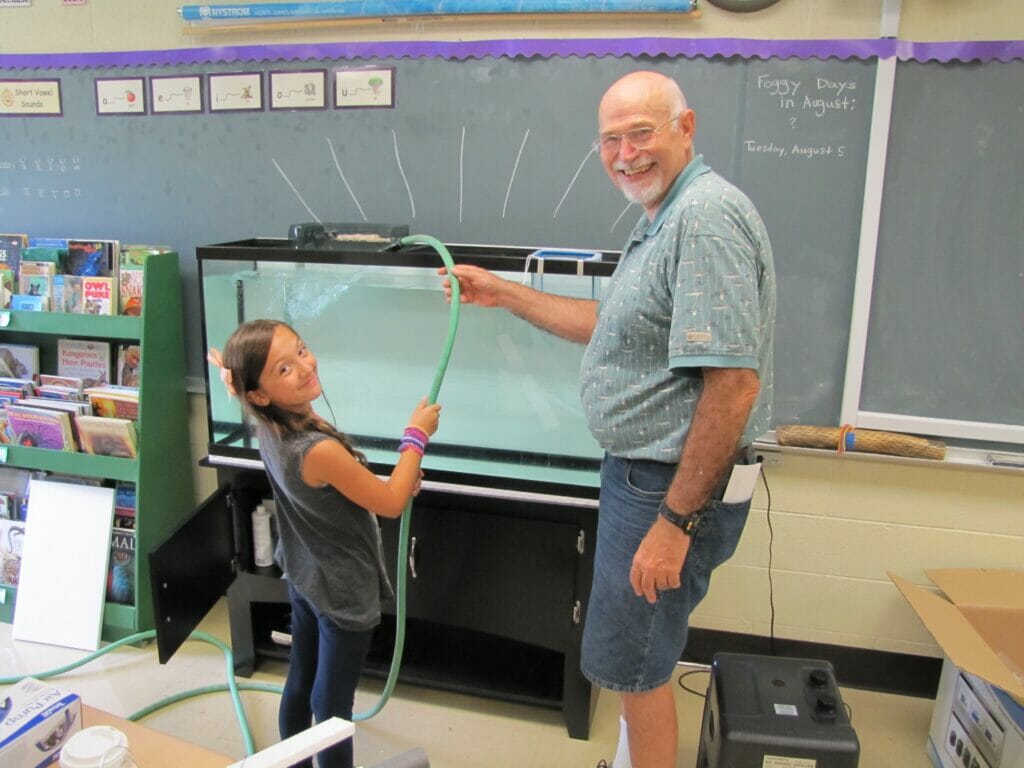
Trout Unlimited is just one of many organizations who implement the Trout in the Classroom (TIC) program into more than 5000 classrooms nationwide. From kindergarten through high school, programs focus on caring for trout or salmon and their environments and expand to understanding their life cycles and then advance to water chemistry, hydrology, natural resource management and watershed geology and ecology. But the exact curriculum is mostly left up to the educators.
Caring for the fish fosters a conservation ethic in the students, and the act of walking to a streambank and directly releasing the fingerlings into the water creates a concrete connection between caring for the fish and caring for the water.
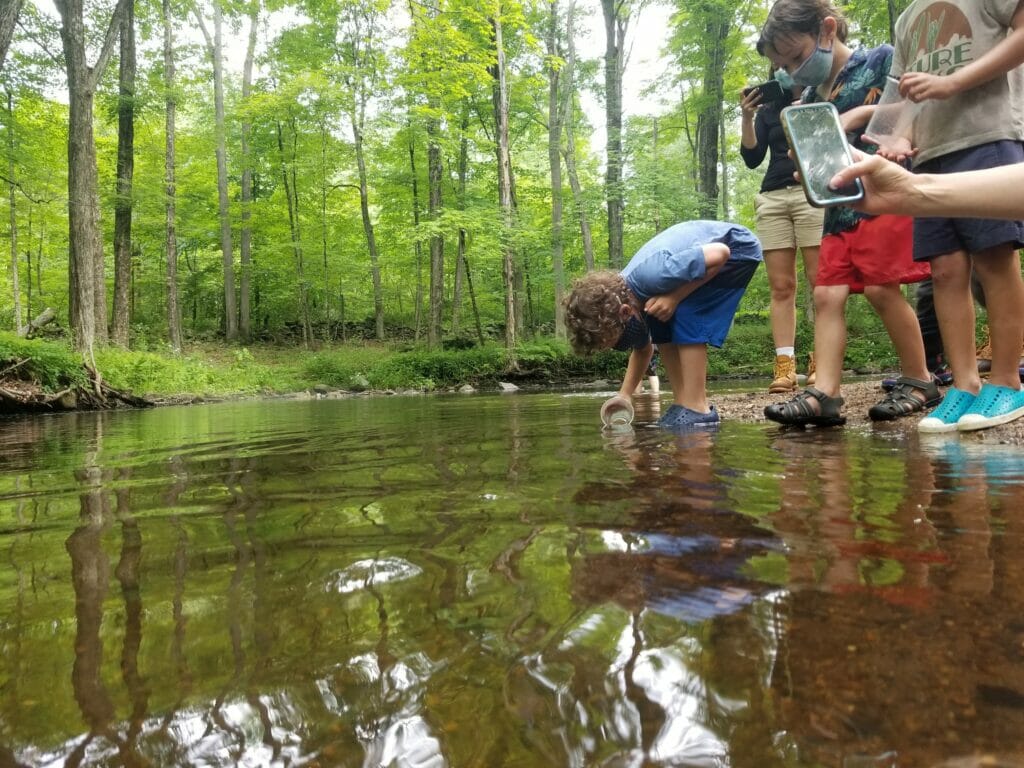
A look into one of the country’s most enduring TIC programs
The New York City TIC program is the largest in the country thanks to a long-standing partnership with New York’s Department of Environmental Protection. In an effort to educate New York City school children about their drinking water, its source and cleanliness, this team brings Trout in the Classroom to youth who have little to no access to nature.
Roughly 10,000 kids in the New York City area get to see this process play out this spring. One of the passionate teachers who brought this curriculum to his classroom is Ricardo Nieves at Chester Park School. To get a better understanding of his intrigue around this program and how critical it is for his students, we sat down with him for a few questions.
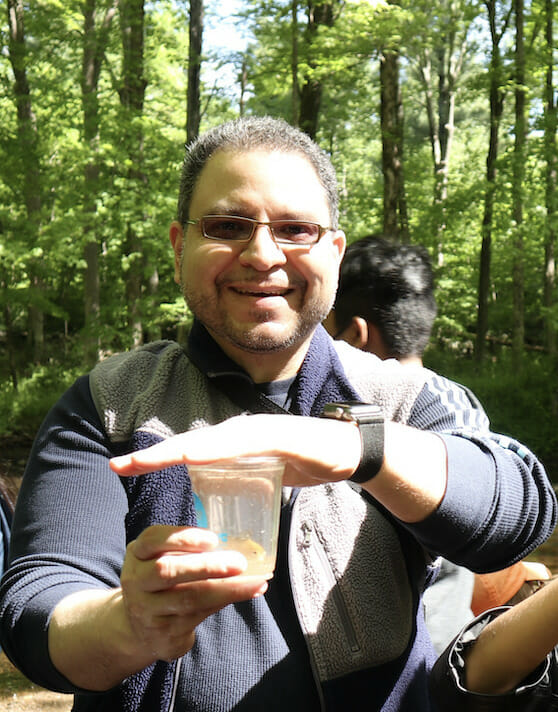
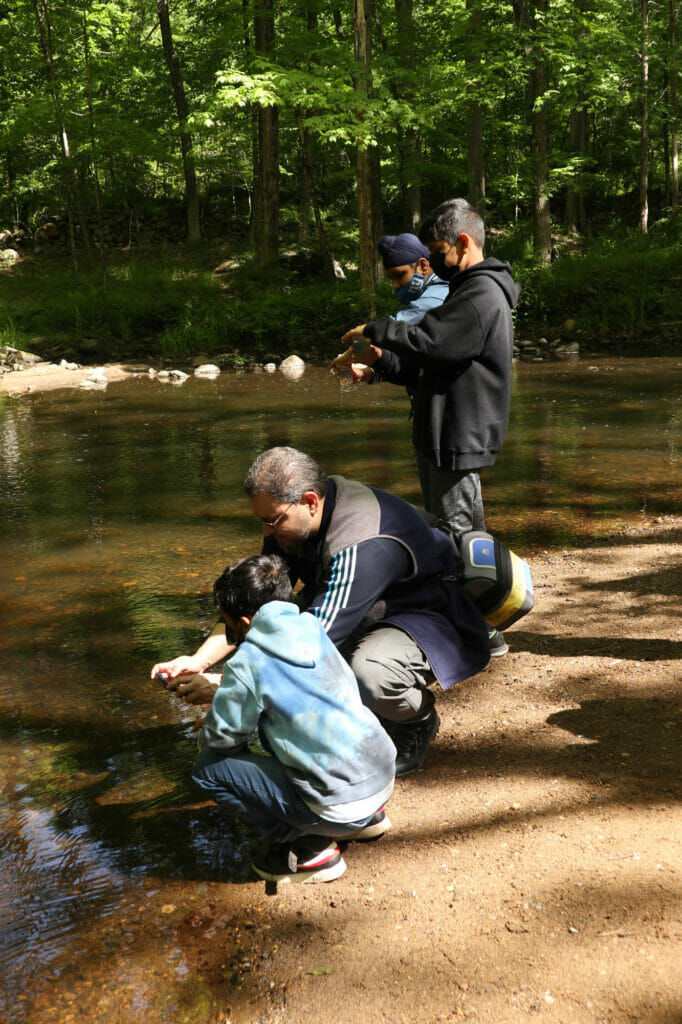
TU: Why did you decide to bring TIC to your classroom?
RN: I started TIC at our school about five years ago. At that time, I had just begun teaching science/STEM classes, but I had a room without a proper science lab. Because of that, I started searching for ways to have a science room where students could interact and be curious about a topic. I read about TIC and immediately thought, “I want to bring that to my students.” I was especially excited about the opportunity to visit one of NYC’s watersheds with the students to release the trout at the end of the program.
TU: What lessons resonate most with you and your students?
RN: I believe the final portion of the TIC program is the part that sticks with the students the most. They get an opportunity to learn about the relationship between organisms and their environment first hands. They also get a better understanding of their relationship to that environment. The students always enjoy learning about the trout life cycle and the importance of maintaining a clean environment for them. However, the experience of releasing the trout, learning about the riparian areas and macro invertebrates and the relationship between them all is a lesson that sticks with them into the future.
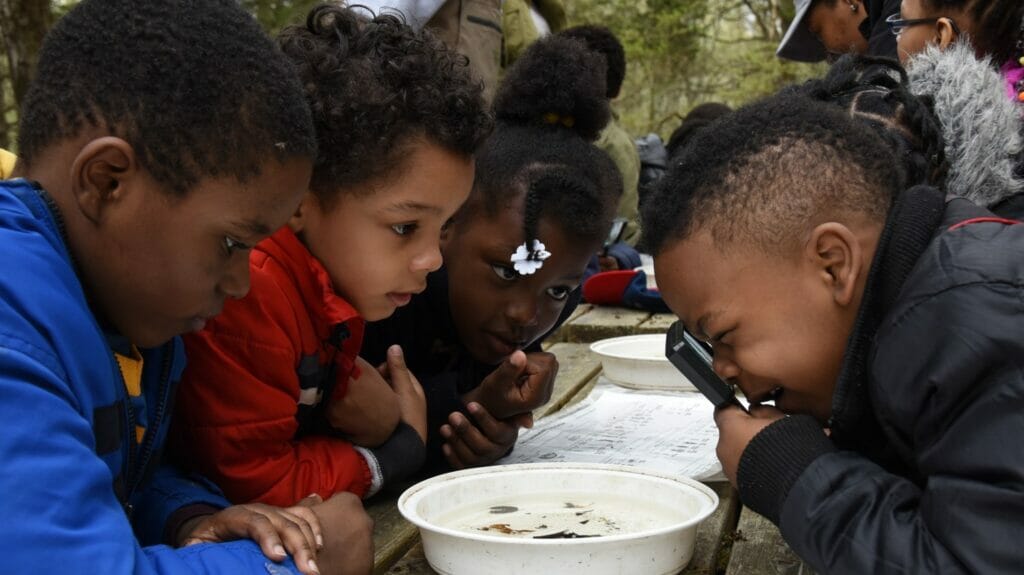
TU: What is your favorite part about teaching the TIC curriculum?
RN: I enjoy every portion of the program; from picking up the trout eggs, watching them hatch and grow, caring for the tank and all the way to the release. This final portion of the curriculum is my favorite.
TU: What life lessons do you think this will bring to your students?
RN: Our students live in New York City, the concrete jungle. There is wildlife around the city, but not in the same way as the trout’s home environment. One of my goals with this program is for the students to see that their actions have an effect on all environments, near and far. I want the students to learn that they have a responsibility to care for their environment even if they don’t have an everyday connection to it.
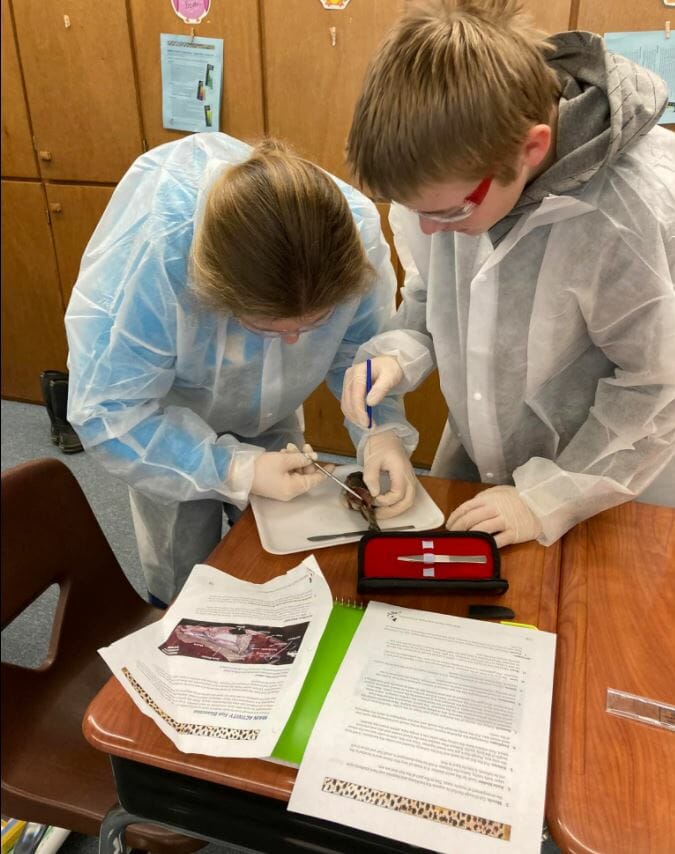
TU: What portion of the program resonates most with your students?
RN: The students are thrilled with the eggs’ arrival. They love looking at the eggs and alevin under a microscope, but their favorite part is the field trip to release the trout and explore the environment these trout will now call home.
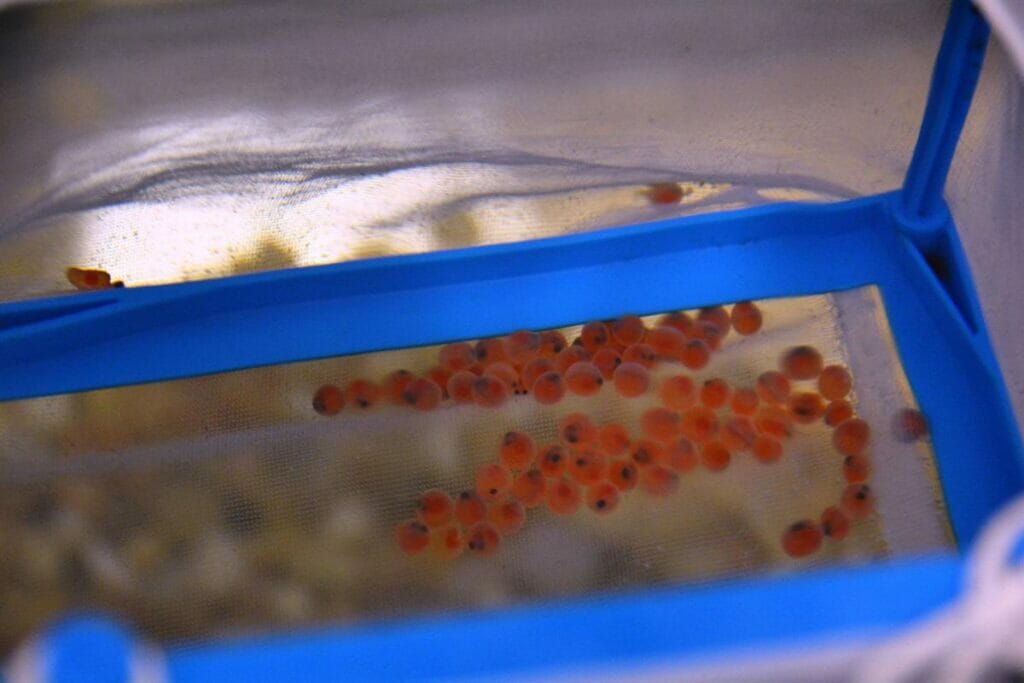
We thank Ricardo and appreciate his enthusiasm for this program. TIC in NYC wouldn’t happen without many TU volunteers and staff, partners and donors who help make buses, tanks and more possible for this program to flourish.
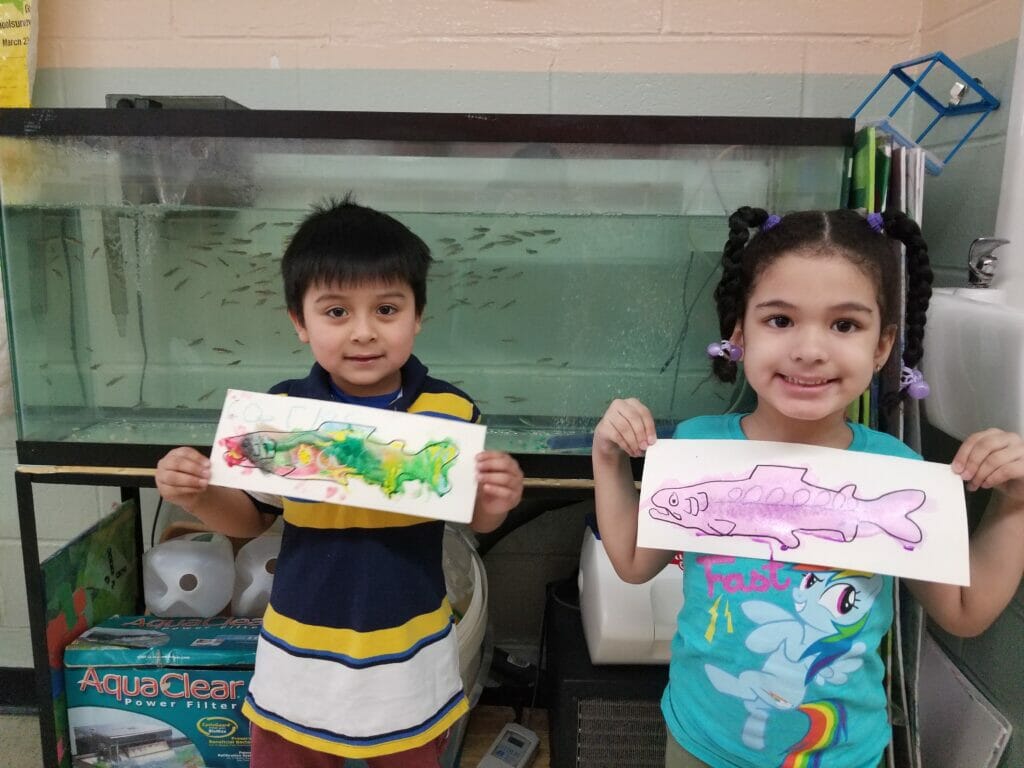
Stay tuned for updates from the students and the excitement of release day. It will be sure to bring a smile to your face. And just maybe a teacher in your school district will want to implement this program to help further the education and connection to conservation of your community.



